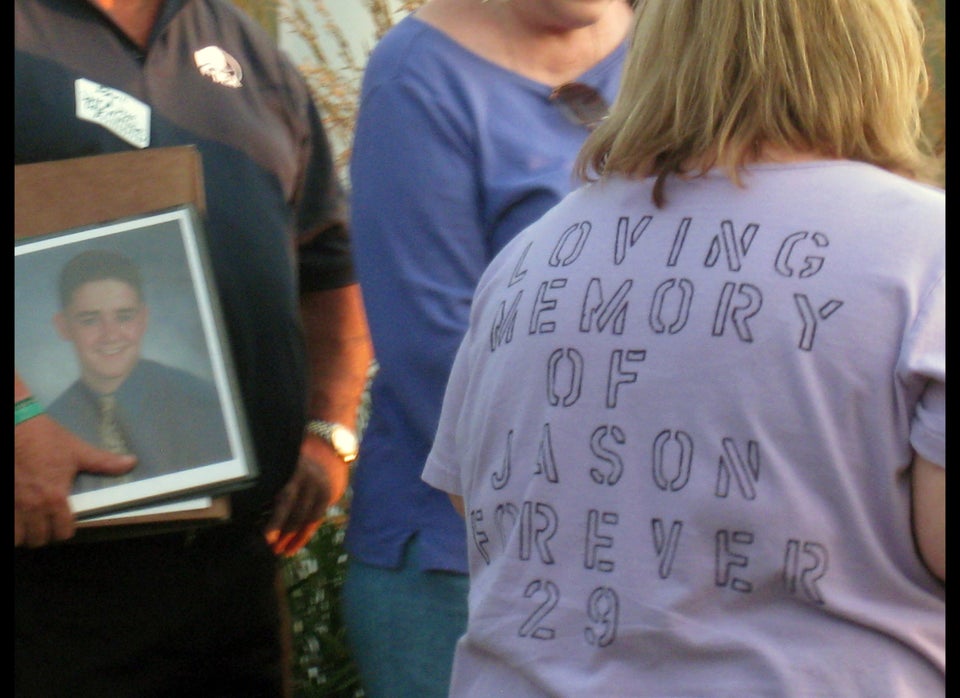
Days after Chicago-area families touched by heroin overdose commemorated International Overdose Awareness Day by vowing to fight the area's growing opiate abuse problem, Will County reached a record for annual overdose deaths.
Toxicology results received recently confirmed the 31st fatal heroin overdose in Will County in 2012, breaking last year's record, according to WLS.
Patrick K. O'Neil, who has been coroner since 1992, remembered overdose deaths being rare early in his career and growing steadily since 1999, before which more than one heroin-related death annually was unusual. Now, heroin overdoses are the second most common cause of accidental death in the area, preceded only by traffic accidents.
"That's one more than last year and we still have four months to go," O'Neil told the Herald News about the most recent confirmed heroin overdose death involving a 28-year-old man in Joliet Township at the end of August. O'Neil said another possible overdose death is currently awaiting toxicology results, and predicted that the total number of heroin-related deaths could hit 50 before the end of 2012.
A report released earlier this month by the Illinois Consortium on Drug Policy (ICDP) tracked overdoses and related deaths in the Chicago area between 2008 and 2010, and found that Chicago remains the city with the most rampant heroin overdose problem, as evidenced by heroin-related ER admissions. In 2010, Chicago metropolitan hospitals recorded 24,360 admissions where heroin use was mentioned as a contributing factor. The second-place city, New York, recorded 12,226 heroin mentions in a five-borough analysis during the same period.
The ICDP’s analysis of emergency-room mentions for heroin overdoses in the Chicago metropolitan area found a 27 percent increase in admissions of patients under 20 years old between 2008 and 2010. A 12 percent increase in admitted patients aged 21 to 29 was noted over the same period.
Heroin use among young, white suburban users has been rising drastically in the last decade. While hospital discharges for heroin among Chicago residents aged 20 to 24 declined 67 percent between 1998 and 2007, heroin discharges in that same age range increased more than 200 percent in the collar counties, according to a report examining suburban heroin use specifically conducted by the Robert Crown Center for Health Education.
That study found that young suburban users demonstrate distinctive, divergent use patterns--in some cases, more extreme than their urban counterparts. The ICDP reports that 74 percent of 18 to 24 year old suburban users in publicly-funded treatment were injection users.
See photos from the ICDP's Overdose Awareness Day Vigil:
